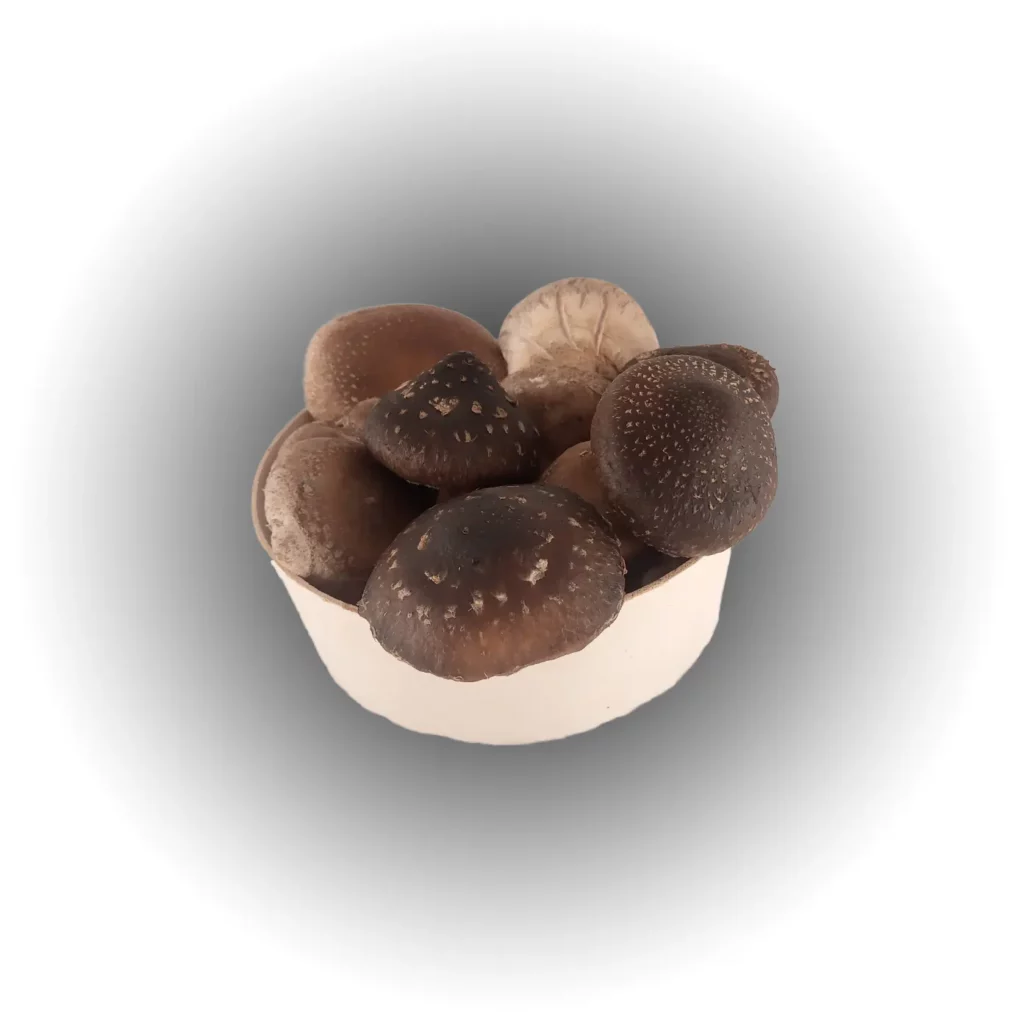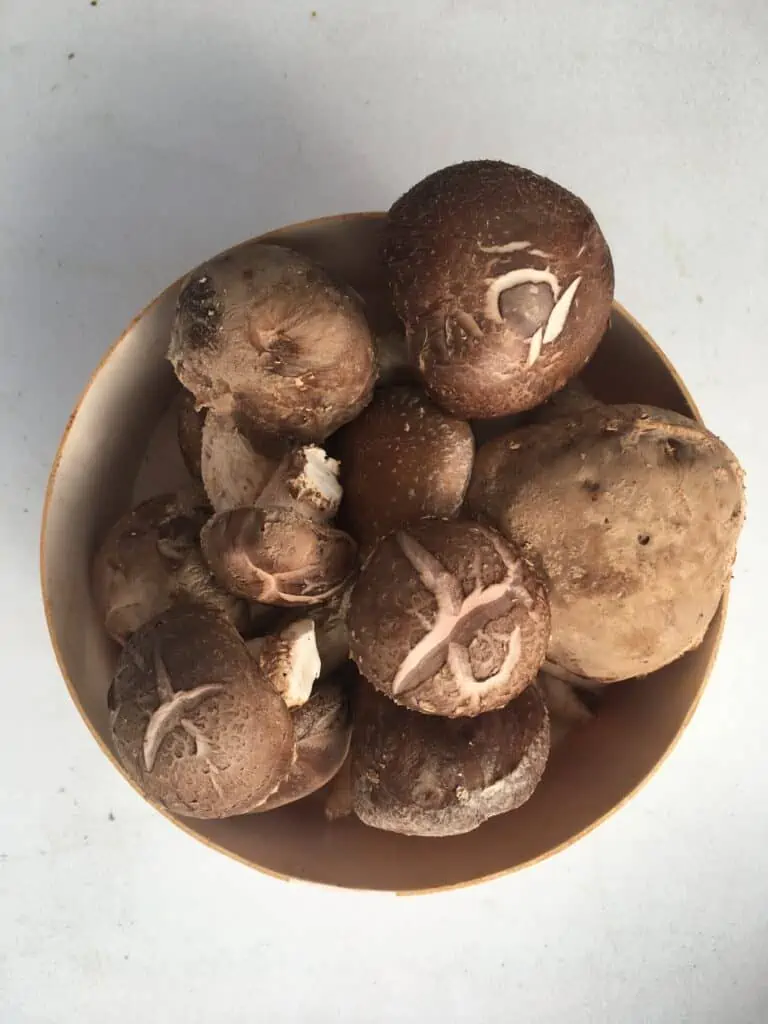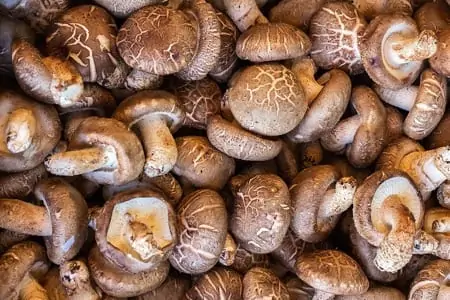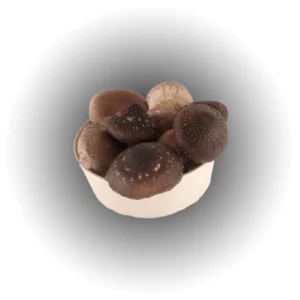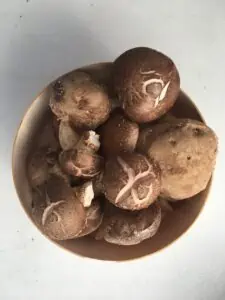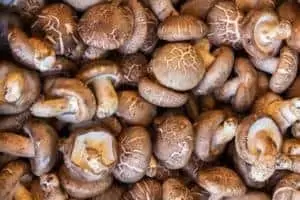Buy: Fresh Shiitake 200g
$15.00
How to use
Shiitake mushrooms should be cooked prior to eating. This variety only need 10-12 minutes cooking time. When cooked, they release a garlic-pine aroma and have a rich, earthy, umami flavour (savoury or meaty).
Although Shiitake mushrooms are a cultivated variety, their flavour and texture lends well in recipes calling for ‘wild mushrooms’. You can pair Shiitake with most meats (steak, chicken, duck, pork), fish (salmon, cod), Asian greens, eggplant, rice, noodles, garlic, soy and chili. They can be sautéed, roasted, skewered and grilled …or boiled by adding to a soup or hot pot.
General Info
- Shiitake mushrooms, pronounced shee-TAH-kay, range in colour from amber to ‘paper bag-brown’ and are available year-round from our indoor grow rooms at Ohau Gourmet Mushrooms. Like our oyster mushrooms, shiitake grow on trees and not in soil. We replicate this environment by growing them on Pine.
- Scientifically classified as Lentinula edodes, they are the second most commonly eaten mushroom in the world after the button mushroom.
- Shiitake mushrooms are native to East Asia, specifically China and Japan. They have been growing wild since prehistoric times, and have been cultivated since 1100 AD, during the Song Dynasty.
- It is said that around 200 AD, the 14th emperor of Japan, Emperor Chuai, was given Shiitake mushrooms by the Kyusuyu, the original aboriginals of Japan. In China, Shiitake mushrooms are called shaingug or hsiang ku, which means ‘fragrant mushroom’.
Ohau Gourmet Mushrooms grow facts:
- We grow our delicious mushrooms indoors in hanging bags on organic pine sawdust,
- Locally produced from NZ products in Horowhenua
- No harmful chemicals are used in the production
- Highly sustainable production, very low water use and environmental impact
Shipping:
We ship the day after the order is made.
If a product is on backorder, it should be shipped within the week.
Delivery:
North Island: NZ Couriers (next-day service)
South Island: Post Haste, economy/2 day service)
Rural: Allow the usual additional 2 to 4 working days
We ship the day after the order is made.
If a product is on backorder, it should be shipped within the week.
Delivery:
North Island: NZ Couriers (next-day service)
South Island: Post Haste, economy/2 day service)
Rural: Allow the usual additional 2 to 4 working days
